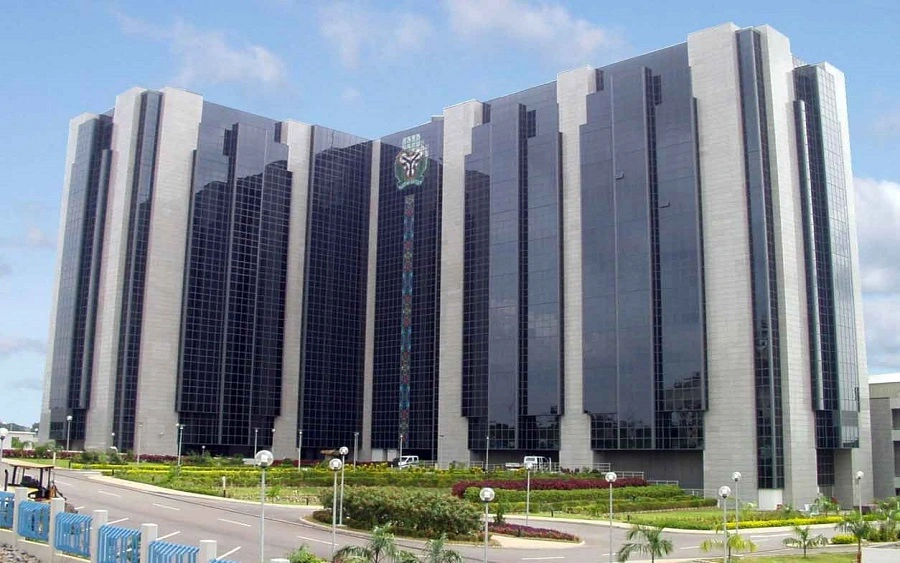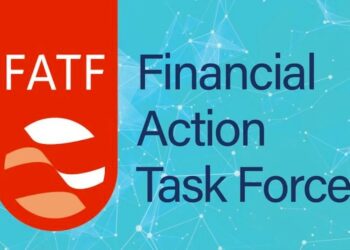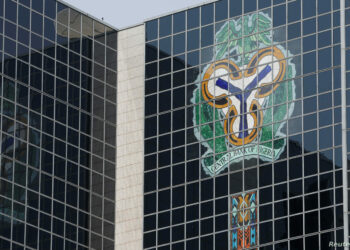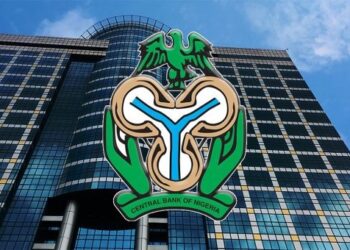The Monetary Policy Committee serves as a key decision-making body within a central bank, guiding the formulation and implementation of monetary policy to achieve economic stability and growth. It plays a pivotal role in shaping and implementing monetary policy within the central bank.
The committee which is made up of 12 members also has sub committee that helps it in gathering information that will help them make critical decisions that would benefit the economy. According to the Central Bank of Nigeria Act of 2007, the MPC membership is to be made up of CBN governor, the four deputy governors, two members of the Board of Directors of the bank; three members appointed by the President and two members appointed by the Governor of the CBN.
Asides the 12 main members, the MPC also has other sub committees such as the Monetary Policy Technical Committee (MPTC) which meets once every month to review emerging risks and developments in the global and domestic economies. Following these meetings, the MPTC presents technical recommendations to the Committee of Governors and the Monetary Policy Technical Committee.
The basic function of the MPTC is to review periodic global and domestic economic developments and their likely impact on price stability and economic growth, maintain a broad surveillance of emerging risks and review forecasts of global and domestic price development and output growth. They also prepare technical recommendations to the MPC based on their analysis of the impact of these developments.
There is also the Monetary Policy Implementation Committee (MPIC) which was established at the 192nd meeting of the Monetary Policy Committee (MPC) on 25th October, 2005. Members of this sub committee meets monthly to provide advice to the Bank’s Management on general liquidity conditions in the economy and performance of financial markets. The inaugural meeting was held on 27th October, 2005. Since then, the MPIC has been meeting regularly.
The mandate of the MPIC is to review the level of banking system liquidity to ensure that it’s in tandem with the Bank’s liquidity objectives for non-inflationary growth, the performance of monetary aggregates with respect to their benchmarks.
They also review the Bank’s discount window operations to ensure the effective functioning of the money market, the prudential requirements of deposit money banks and the returns on their daily activities, fiscal operations and analyze their impact on system liquidity.
Asides these the MIPC also reviews developments in the Capital Market, External Reserves and Foreign Exchange Market and identify critical monetary policy issues emanating from the analysis presented by member departments at the Committee’s monthly meeting.
The primary responsibility of the MPC is to formulate and implement monetary and credit policies. This involves making decisions regarding interest rates, money supply, and credit availability to achieve specific economic objectives.
Members of the committee meet to continuously assesses and review domestic and international economic and financial conditions. This includes analysing factors such as inflation, economic growth, employment, and financial stability.
Based on the ongoing assessment of economic conditions, the MPC has the authority to make adjustments to the monetary policy framework. This may involve changing interest rates, reserve requirements, or other policy tools to achieve the desired economic outcomes.
The committee is responsible for determining the appropriate stance of monetary policy in the short to medium term. This involves deciding whether to adopt a more accommodative or restrictive policy to address prevailing economic conditions.
Effectively communicating monetary and financial policy decisions to the public is a key role of the MPC. Clear communication helps in providing guidance to financial markets, businesses, and the general public about the direction and rationale behind policy changes.
All over the world, including Nigeria, the the MPC meets at regular intervals, usually bi-monthly, to review economic data, assess the current state of the economy, and make informed decisions on monetary policy.





